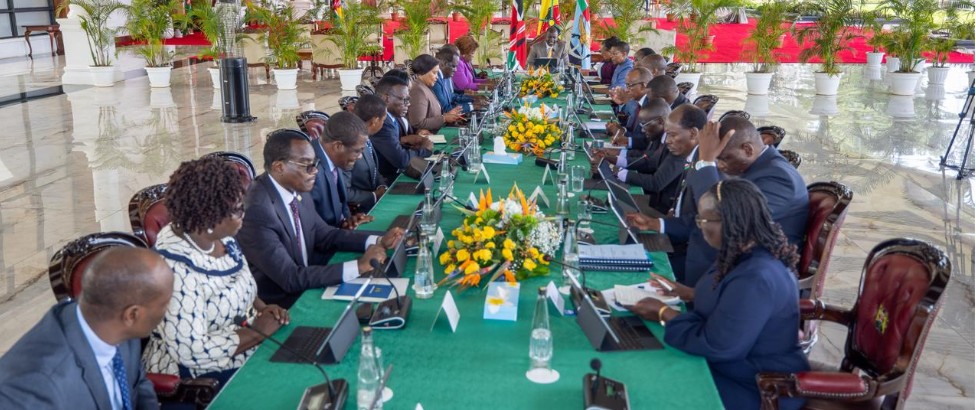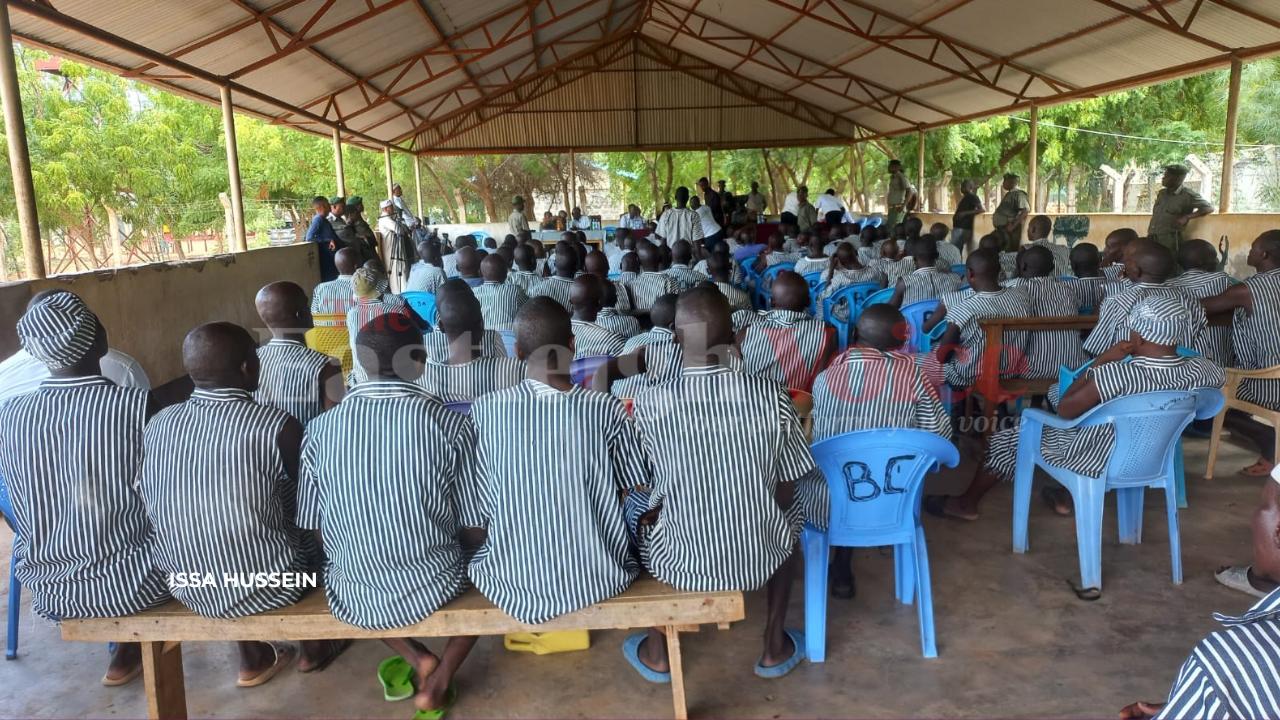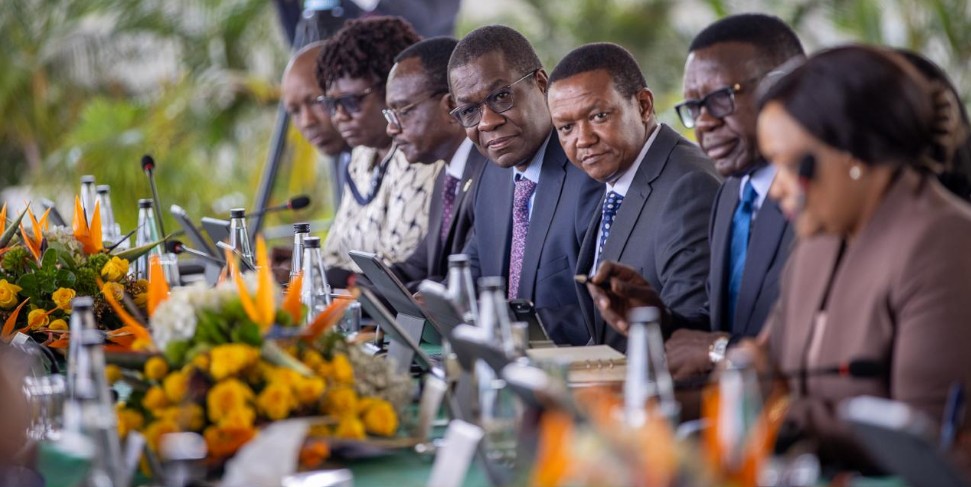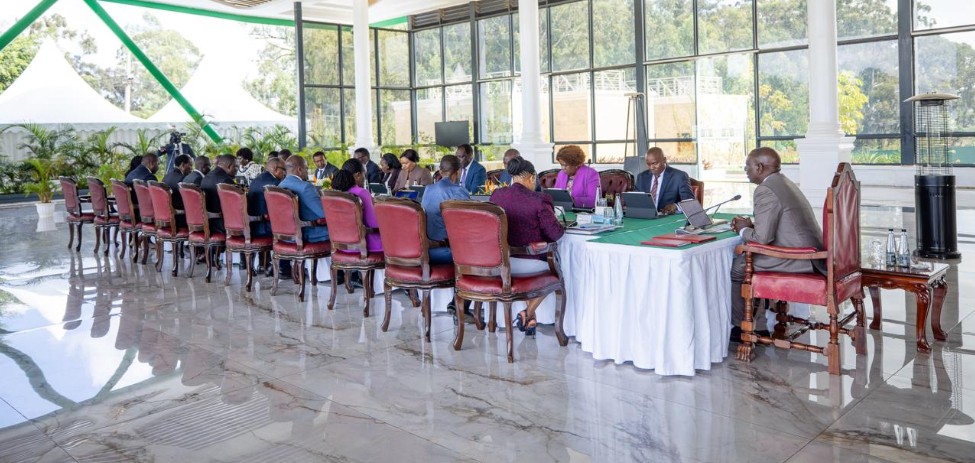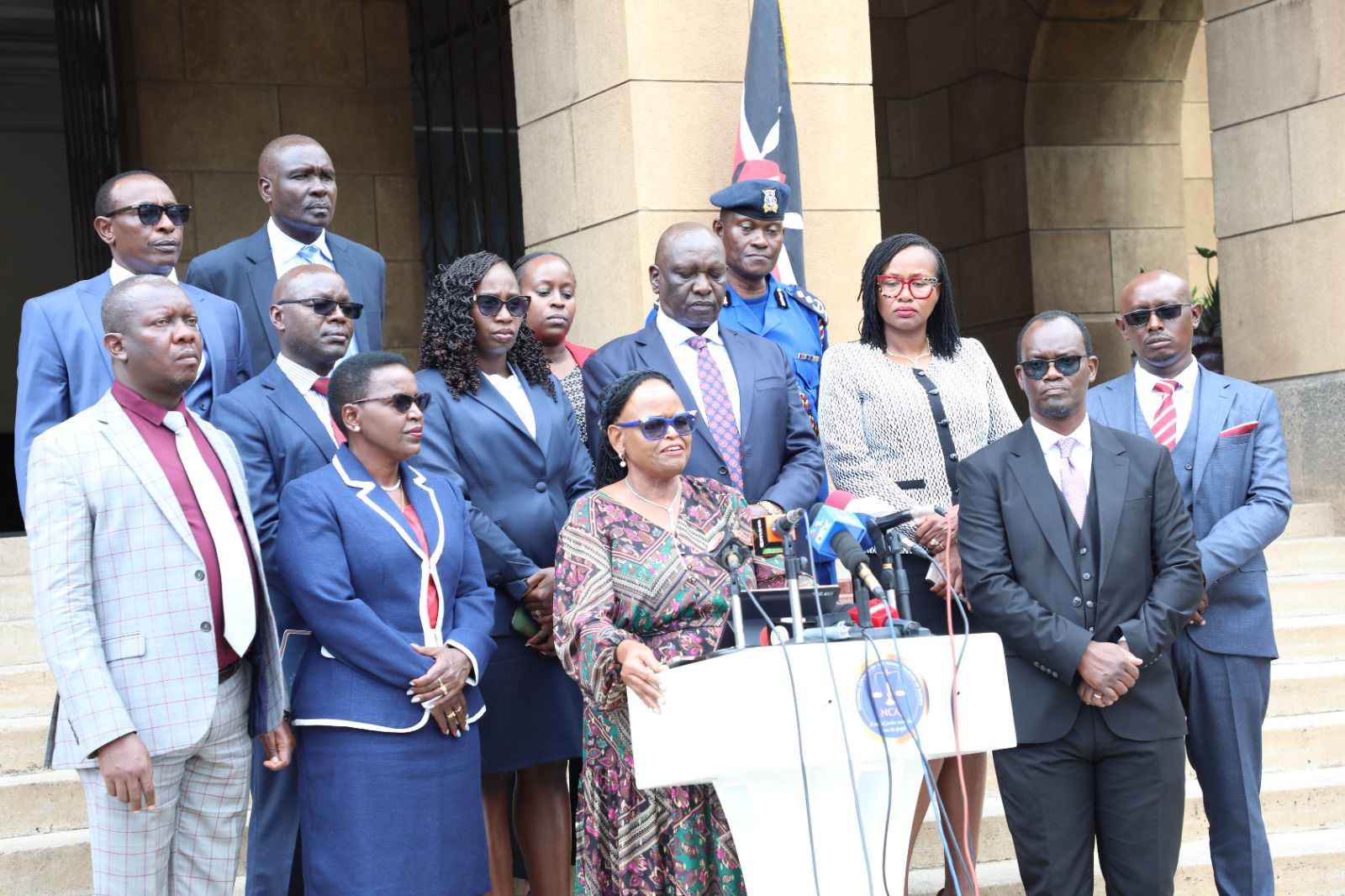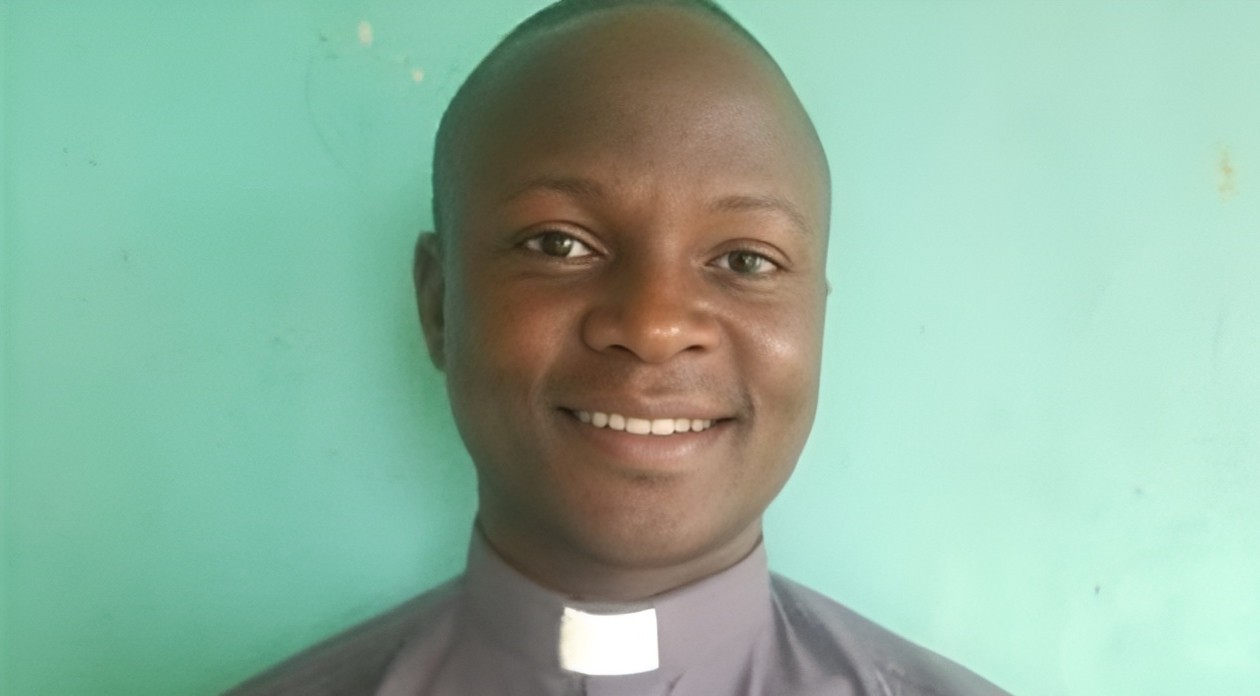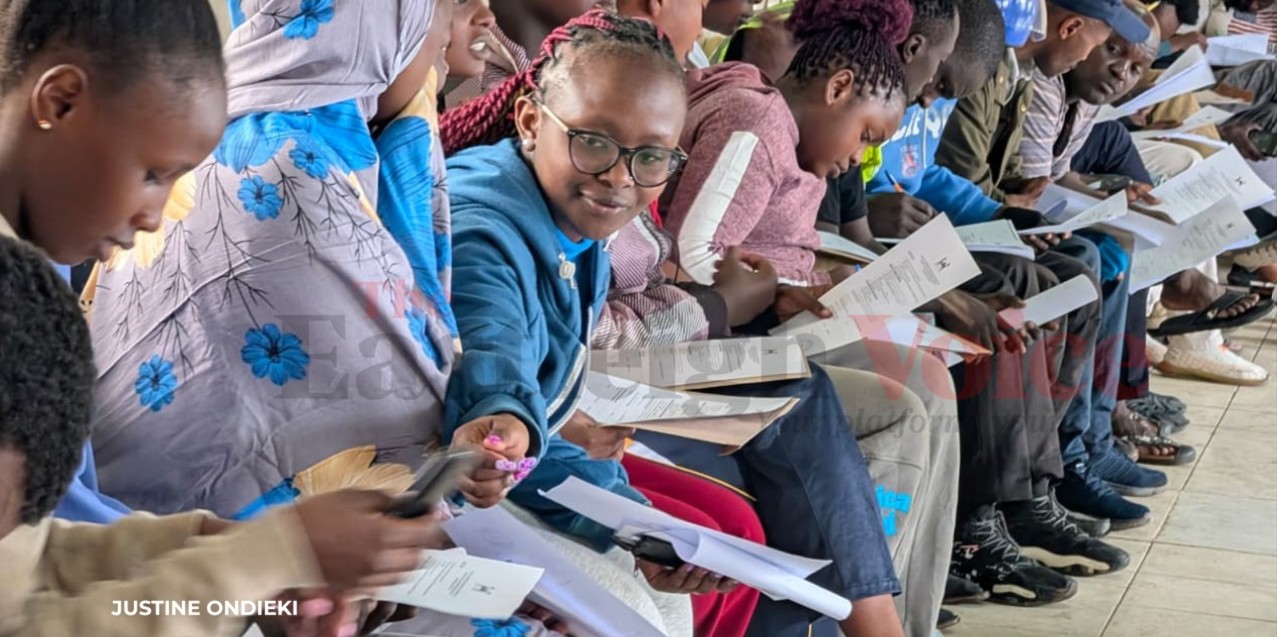The story behind the name Cyclone Hidaya and history of storm naming
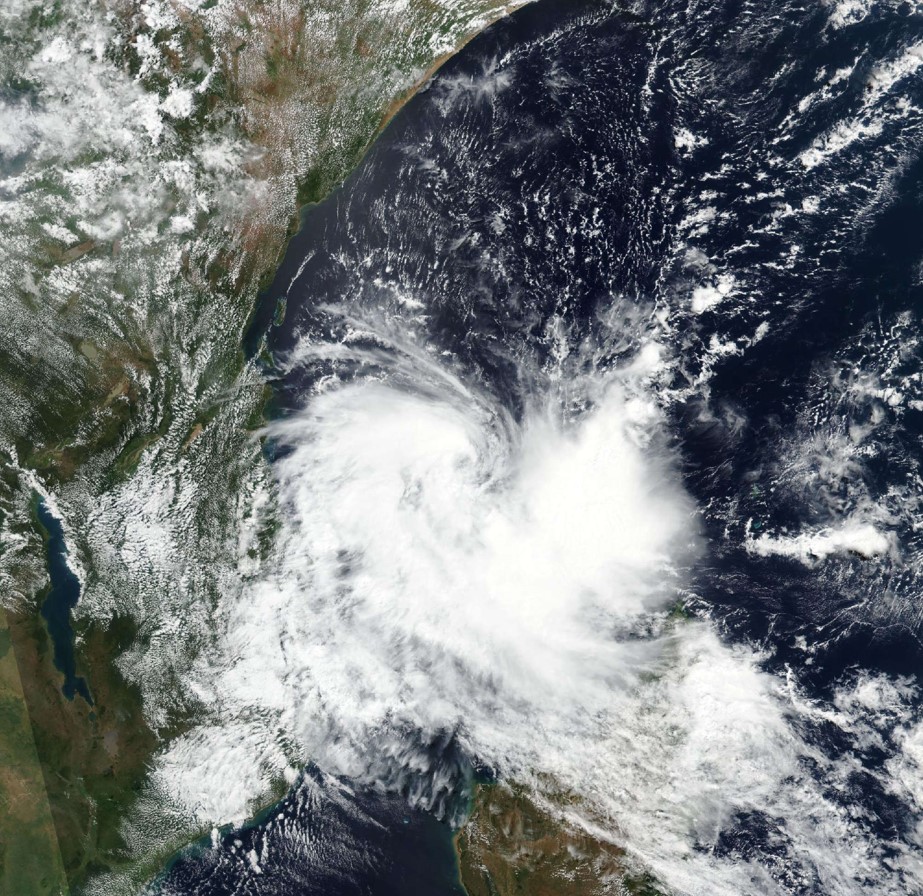
Assigning names to tropical cyclones makes tracking and discussing specific storms more straightforward, especially when multiple storms are active simultaneously.
Tropical Cyclone Hidaya has been in the headlines this week as it hit the southern regions of Tanzania, amid fears of it reaching the Kenyan mainland.
Fortunately, the Tanzania Meteorological Authority has since announced an end to the cyclone saying it has weakened following its landfall at Mafia Island, Tanzania.
More To Read
- Weatherman warns of heavy rains, as Cyclone Chenge approaches Kenyan coastline
- Tanzania Meteorological Authority warns of emerging Cyclone Ialy
- Mombasa beach ban lifted after Cyclone Hidaya dissipates
- Kenya floods: Amnesty criticises state for poor response to crisis
- Kenya floods: Death toll reaches 229, number of IDP camps now 167
- Tropical cyclone Hidaya weakens as it makes landfall in Tanzania
Have you ever wondered why it's named Hidaya?
The relevant tropical cyclone regional body likely chose the name Hidaya from a pre-designated list of names, following the alphabetical order of countries or names.
The naming of storms is a crucial aspect of weather forecasting, and it has a rich history.
Tropical cyclones are a dangerous natural hazard that occurs worldwide, and naming them has proven to be the fastest way to communicate warnings and raise public awareness.
According to the World Meteorological Organisation (WMO), assigning names to tropical cyclones makes tracking and discussing specific storms more straightforward, especially when multiple storms are active simultaneously.
In the early days of weather forecasting, people identified storms by their latitude-longitude or named them haphazardly after the fact.
However, using short, distinctive names proved quicker and less subject to error.
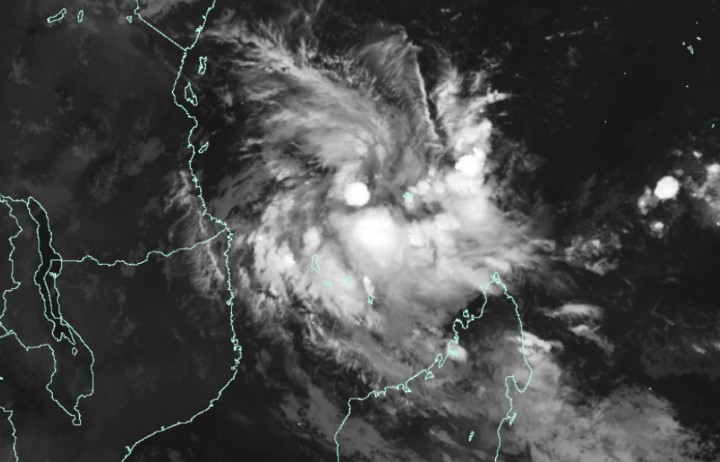 A tracker of the Tropical Cyclone Hidaya. (Photo: X/Met Office Storms)
A tracker of the Tropical Cyclone Hidaya. (Photo: X/Met Office Storms)
The mid-20th century saw the introduction of female storm names, followed by the introduction of male names in 1979.
Strict procedures
Today, the WMO has developed strict procedures for determining a list of tropical cyclone names.
In various parts of the world, there are different rules for naming cyclones. Some regions name cyclones alphabetically, alternating men's and women's names, while other regions follow the alphabetical order of countries.
The process of naming tropical cyclones involves the relevant tropical cyclone regional body, which establishes pre-designated lists of names proposed by WMO Members' National Meteorological and Hydrological Services.
The selection of names is based on their familiarity with the people in each region, aiming to aid in the understanding and remembrance of cyclones.
When selecting a new name, consideration is given to factors such as short character length, ease of pronunciation, appropriate significance in different languages, and uniqueness; the same name cannot be used in other regions.
Top Stories Today

